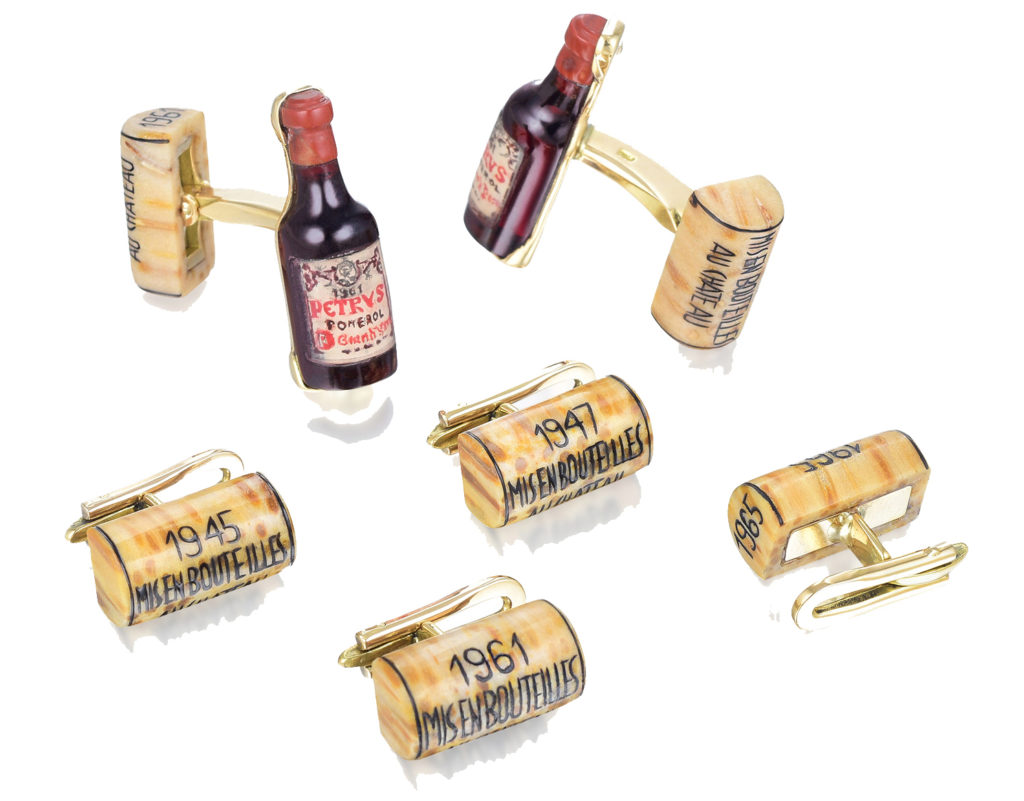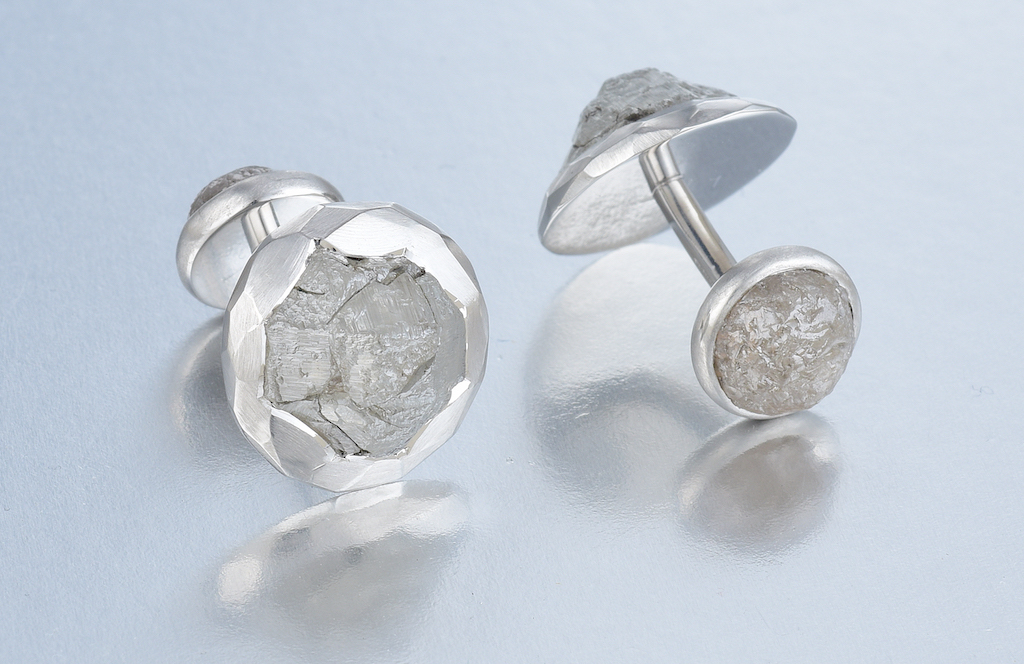Why the world’s most discerning wrists wear cuff links from Michael Kanners.
By Paul L. Underwood
The modern man has about as much need for cuff links as he does for, well, a watch. If you need the time, you can consult your phone. If you need to keep your sleeves together, consider the button. And yet….
Wearing cuff links, like wearing a watch, signifies not just a rich understanding of history on behalf of the wearer, but also an appreciation for craftsmanship, for taste, and for the eternal notion that what’s practical isn’t always what’s stylish, and what’s convenient isn’t always what’s right. It also demonstrates a more forward-looking kind of aspiration: Cuff links, like watches, are the kinds of things that get passed down from generation to generation. To wear either, or even both, is to connect yourself to both your past and your future.
Few men understand this better than Michael Kanners. A third-generation jeweler, he received his first pair of cuff links from his grandfather (a simple gold pair he still owns), and went on to create some of the most intricately crafted and exquisitely designed ones on the market. He learned his art collecting and selling vintage links, before he began making his own, 10 years ago. It was a decision born of necessity. “Customers were looking for vintage cuff links, but I could never find enough,” he says. “I had to make them because there aren’t enough around to keep everybody happy.”

The telltale sign of a Michael Kanners cuff link is a unique marriage of first-rate materials with first-class whimsy. Take his first pair: theatrical masks made from fine coral. (He still has them and, we regret to inform, intends to keep them.) Then there are his later designs: A polar bear with a paw backing. An incredibly detailed dog—wearing a fedora. A diamond crown atop a coral frog. Suffice it to say, few designers, if any—and certainly not those at the big-brand jewelers—are making such painstaking and original designs today, and certainly not to such exacting standards of quality.
Where does he get his ideas? Some are commissioned by his customers. Some are inspired by vintage links. And then some just come to him. “There are certain obvious ones that appeal to the collector’s mentality: vintage cars, boats, dogs—things where there’s a lot of variety,” he says. “There are some cars I’ve done that I think are just fantastic, because of the combinations of stones, where every detail is represented by a different stone.”
Once he has an idea, he sits with a stone cutter—some of whom he’s worked with for his entire 10-year run—in Italy or Germany and does some sketching. They’ll see what stones are available, with a particular eye for ones with a strong color variety. He’ll sketch his designs directly onto the stones, estimate the time and cost involved, and then cut them to his own very precise measurements. (His experience has given him a strong sense of what his customers will like—what he calls “the sweet spot” between too big and too small.) Because each pair is handcrafted, no two sets of cuff links are ever exactly alike.
–